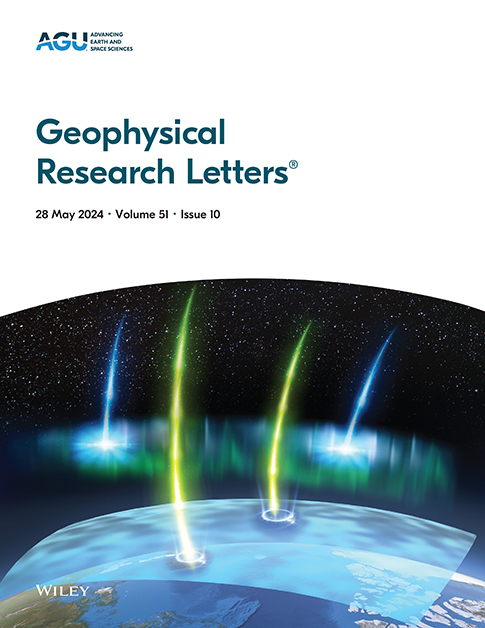揭开印度恒河上广域测高SWOT任务的第一印象
IF 4.6
1区 地球科学
Q1 GEOSCIENCES, MULTIDISCIPLINARY
引用次数: 0
摘要
地表水和海洋地形(SWOT)任务提供了新的全球河流水动力学观测,但其在不同河流形态中的表现仍有待研究。在快速采样阶段,我们使用基于gnss的连续测量,两个原位站和四个测高虚拟站,对印度恒河约210公里长的SWOT节点和栅格产品进行了评估。节点产品的水面高程(WSE)精度略好于栅格产品,rmse分别为0.19 m (GNSS)、0.09 m(原位站,瓦拉纳西)和0.88 m(虚拟站),但高质量滤波器会降低时间分辨率。然而,栅格数据捕获二维WSE变化,增强了宽河流断面的空间采样。swt推导的水面坡度(WSS)在SWORD河段产生了不同的结果(RMSE: 2.54 cm/km)。主河道水体强烈的后向散射(平均+13.34 dB)有助于宽度反演。我们的分析强调了SWOT在河流水动力学应用中的潜力,同时强调了在复杂河流环境中进行评估的必要性。本文章由计算机程序翻译,如有差异,请以英文原文为准。
Unveiling the First Impressions of the Wide-Swath Altimetry SWOT Mission Over the Ganga River, India
The Surface Water and Ocean Topography (SWOT) mission offers novel global observations of river hydrodynamics, yet its performance across varied river morphologies remains understudied. We evaluate SWOT node and raster products over a ∼210 km stretch of the Ganga River, India, during the fast-sampling phase, using GNSS-based continuous measurements, two in situ stations, and four altimetry virtual stations. Node products show slightly better water surface elevation (WSE) accuracy than raster products, with RMSEs of 0.19 m (GNSS), 0.09 m (in situ station, Varanasi), and 0.88 m (virtual stations), though quality filters reduce temporal resolution. Raster data, however, captures 2D WSE variability, enhancing spatial sampling in wide river cross-sections. SWOT-derived water surface slopes (WSS) yield mixed results across SWORD reaches (RMSE: 2.54 cm/km). Strong backscatter from main river channel waters (mean +13.34 dB) aids width retrieval. Our analysis highlights SWOT's potential for river hydrodynamic applications while underscoring the need of evaluation in complex riverine environments.
求助全文
通过发布文献求助,成功后即可免费获取论文全文。
去求助
来源期刊

Geophysical Research Letters
地学-地球科学综合
CiteScore
9.00
自引率
9.60%
发文量
1588
审稿时长
2.2 months
期刊介绍:
Geophysical Research Letters (GRL) publishes high-impact, innovative, and timely research on major scientific advances in all the major geoscience disciplines. Papers are communications-length articles and should have broad and immediate implications in their discipline or across the geosciences. GRLmaintains the fastest turn-around of all high-impact publications in the geosciences and works closely with authors to ensure broad visibility of top papers.
 求助内容:
求助内容: 应助结果提醒方式:
应助结果提醒方式:


